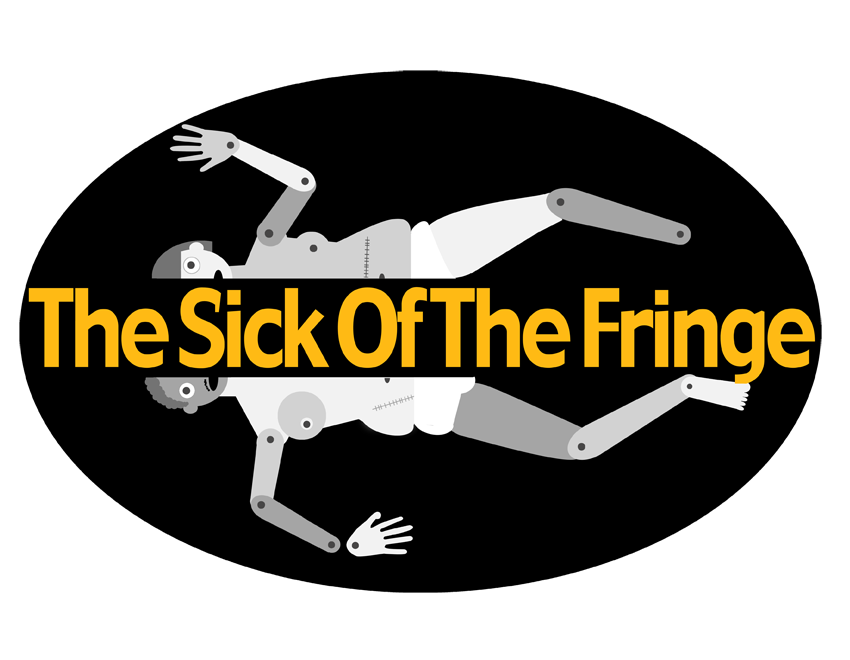Borderline by Amelia Stubberfield bears a similarity to the recent evolution of stand-up (with Hannah Gadsby's Nanette as the iconic example), where the conventional structure is punctured, warped and eventually collapsed in the face of true stories of suffering.
For Stubberfield, these stories centre around their years of mental health issues, distilled to a tome of medical notes and a three-letter diagnosis: BPD. Borderline personality disorder, affecting less than 2% of the population can manifest itself in a variety of ways, including fear of abandonment, suicidal ideation and difficulty in maintaining relationships. As Stubberfield self-deprecates, 'the Tinder profile writes itself'.
Their medical notes, along with recorded interviews with both friends and clinicians, offer different windows onto their experience of BPD - "Or, as I call it, life". Medical notes and similar documents have been used by other artists (from Bobby Baker to the vacuum cleaner) in attempts to illustrate the lonely and often grueling journey through the mental health system. With this piece, they serve to fracture the storytelling, as Stubberfield's BPD is seen through the eyes of many separate people across the mental health system - some looking with warmth, some coldly clinical.
In Borderline, Stubberfield vividly illustrates the entanglement of identity and illness by scrawling phrases from her medical notes on her body. In this way, they highlight how easy it is to conflate the sufferer and the symptoms. One therapist is 'bored during sessions with Amelia'; another notes they are 'casually yet appropriately dressed'. Where is the line between Stubberfield's actual and Disordered Personality? Every action is vulnerable to pathologisation, as seen in a re-enacted phone call with the CMHT officer.
Though life with BPD is described openly and vividly, the greyscale 'other place' of mental illness can only be truly understood by those who have already been there. It is alluded to right at the start, before Stubberfield steps onstage: we hear a rising cacophony of noise and drone, building to an uncomfortable volume. A snap from black to a spotlight, revealing Amelia and a microphone. The stand-up starts and the first topographical lines are laid of that other place, from which they may only recently have returned.
- Hannah Maxwell
Links relevant to this diagnosis:
How common are mental health problems? - Mind
Borderline Personality Disorder - Mind
Community Mental Health Teams - Rethink Mental Illness

